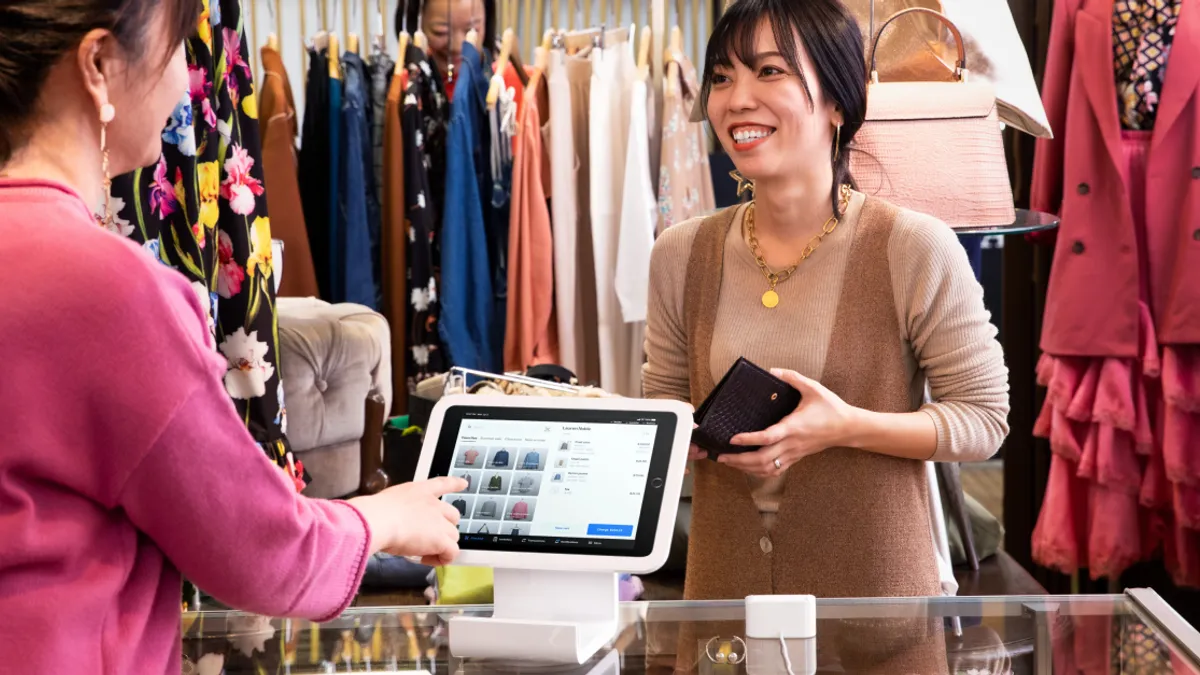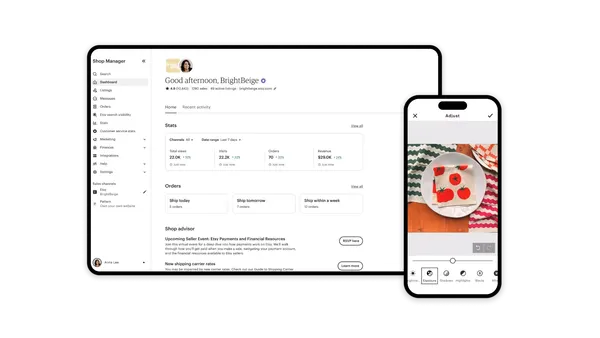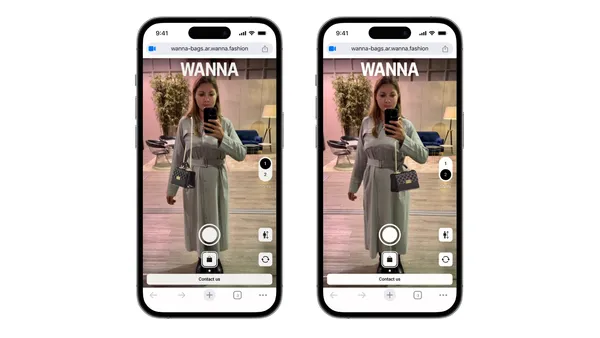The retail industry is reshaping the shopping experience in 2023, redefining not only how we shop and sell, but where we shop and what we buy (a mimosa while shopping, anyone?). The cutting-edge retail trends below are guiding each step of the way.
The boutique on your town’s main drag, the shoppable post that appears in your Instagram feed, and the marketing email sending you to an online store may all come from the same retailer. And that retailer may be fundamentally different than they were last year.
To help retailers identify and lean into those strengths and strategies, Square teamed up with Wakefield Research and surveyed 2,000 consumers and 500 retail owners and managers about the retail industry trends that capture where they’re headed in 2023. What we found was eye-opening — the who, what, where, and why behind our shopping experience is going through a metamorphosis. There could even be an opportunity for local retailers to make a name for themselves and beat out competitors through social and mobile commerce along with automated tools.
We analyzed the survey results, insights from the Square retail team, and interviews with creative retailers leading the charge to identify the top retail trends for businesses to explore this year. All data cited below comes from the survey results. For a more in-depth look at these 2023 retail industry trends, download the full 2023 Future of Retail report.
1. Retailers are expanding where they sell.
As social media continues to evolve, so do the opportunities for retail. According to our survey, 81% of retailers are planning to expand the number of digital channels they sell on in the next 12 months. Businesses recognize there is a growing number of ways to reach and connect with customers, and they’re in search of one central way to do so.
Online shopping continues to be non-negotiable when it comes to ways to sell products, with businesses reporting that 43% of their revenue comes from online sales, but retailers may benefit from other modes of selling, such as virtual reality. Twenty-two percent of customers are interested in trying a virtual reality that allows them to experience products in a virtual shop.
“Amid economic uncertainty and changing consumer preferences, the current macro landscape is giving retailers a hard reality check that it’s not enough for brands to be present in one place,” says Roshan Jhunja, GM of Square for Retail. “Beyond a physical store and online presence, brands need to be seen and heard…where consumers can come to be inspired and to shop.”
2. Retailers are planning for economic uncertainty.
Amid economic uncertainty, retailers are taking steps to prepare their businesses. When asked what steps they were considering to weather an economic downturn, 44% noted raising prices as their top choice.
Raising prices can be a hard choice that should be handled with care and represent a balance of what your business needs to sustain itself and what your customers are willing to pay.
But there’s good news: Consumers are on board if a recession comes to pass. Given the impact of inflation and the rising costs of goods, 88% of consumers say they’d understand if their favorite local business raised its prices. In fact, 38% of consumers would be more likely to shop at a smaller business to support those who may be struggling.
Square Marketing can help you reach those who are looking to support your business. Once they’re in your store, make sure you encourage them to come back with options such as a loyalty program to show your appreciation and bring in repeat shoppers.
3. Automation can enhance customer experience.
Retail customers are a fan of automation, and, in most cases, they tend to prefer it. Our research shows that 73% of consumers actually prefer that local retailers use automation instead of staff in at least one area of the shopping experience.
Because automation decreases the amount of time your staff spends working on hands-on tasks, it creates room for your customers to experience things their way and at their own pace. Automating tasks such as inventory management, for instance, lets customers know what’s in stock without having to ask a member of your staff. This saves them the hassle of asking the question and it also saves your staff time from having to manually check.
In fact, according to our 2023 Future of Retail report, 44% of consumers want an automated tool to check product information or inventory.
To support this, retailers may consider investing in automated software or upgrading what they currently use to meet the changing needs of customers. Square makes inventory management easy with tools that let you manage what you have in stock from any computer and alerts you when your items are low.
4. Customers want to engage with brands.
Communicating with customers and keeping them engaged is often a delicate balance for any business. Knowing when to send the email or when to promote the sale via text — or both — typically depends on your audience, but understanding where to start can make all the difference.
The good news is that customers want to hear from businesses they frequent. In fact, 86% of them do. Email ranked the highest, with 60% of consumers listing it as their preferred option. Communicating through Facebook came in second at 32%, noticeably outranking other social media platforms like Instagram and Tik Tok, which are preferred by 17% and 10% of consumers, respectively.
When it comes to newer methods like text message marketing, however, 31% of consumers list it as their preferred method.
5. Social and mobile commerce are two of the biggest digital trends in the retail industry — and they’re booming.
From selling on Instagram to launching an online store, retailers are experimenting with multiple ways of meeting the evolving needs of customers. This new omnichannel landscape is thrilling, with 91% of retailers surveyed now selling on social media.
Whether it’s through a fully shoppable store or flash sales, social and mobile selling are made possible by eCommerce tools, helping retailers reach more customers at a time when people may be even more glued to their devices. And it’s working, with 79% of consumers making purchases directly from their mobile devices.
If you’re interested in trying out social selling, see how Square can help you quickly get started using the products you already rely on.
“On the Square platform, mobile payments are up 117% this year, driven in part by growth in online and social media channels,” says Ara Kharazian, Data Lead for Square Comms. “As customers continue to expect their favorite businesses to show up on social media, it’s on those businesses to meet them where they are.”










